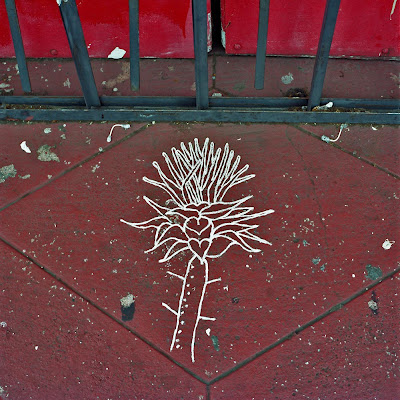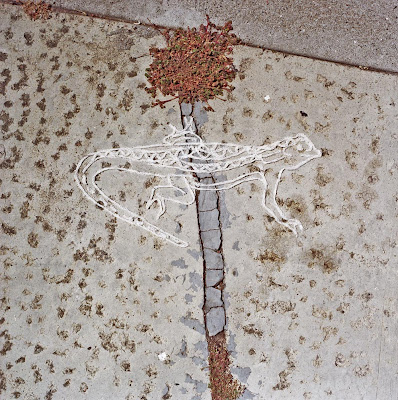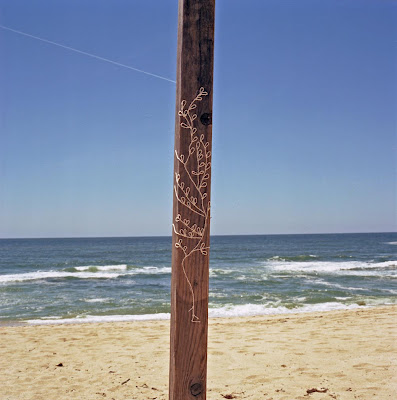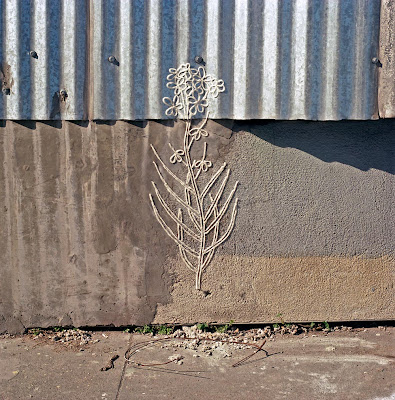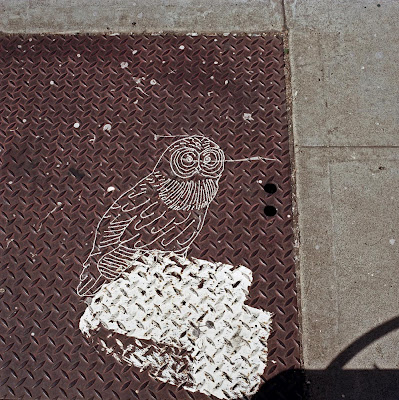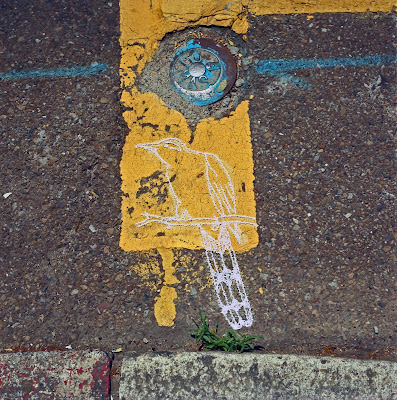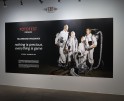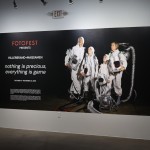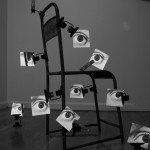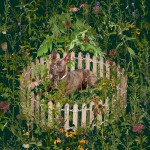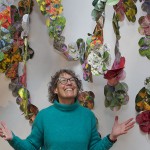Marie-Jose Durquet: Almost Gone
I recently reviewed portfolios of photographic educators at the SPE National Conference in San Francisco. This week I am featuring some of the terrific work I got a chance to see….
Marie-José Durquet is a photographic educator, but she also educates through her unique photographs. I was enchanted by her series, Almost Gone, that are in part performance art, sculpture, and photography. The series is a form of public art, bringing awareness to endangered species. She creates fragile outlines of different species out of string and glues them into a public environment, allowing time and tread to eventually remove the object…which is exactly what happens to the species in real life.
Originally from the Basque country, Marie-Jose has worked as a teacher and artist in many parts of the World: in African diaspora: Guinea-Bissau, Botswana, Puerto Rico, Haiti and the Dominican Republic and has been on the photography faculty at the Maryland Institute College of Art in Baltimore, the San Francisco Art Institute, UC Berkeley and California State University, Hayward. Marie-Jose received her MFA in painting and photography from the School of the Art Institute of Chicago and her BA in Art from UC Davis. She currently lives in San Francisco, CA.
Almost Gone: This multimedia project brings together ideas about the ephemeral nature of art and the changing nature of our environment. Using yarn that I glued to concrete, wood and other surfaces found in urban areas, I made drawings that represent endangered plant and animal species. I chose to illustrate the various subjects with simple lines made from white yarn in order to evoke skeletal remains. This delicate material gives a tangible texture to the subject while creating a semi-permanent art piece. The evolution of each image culminates in a color photograph that documents the subject, process and location.
The inspiration for this project has been a life-long interest in environmental issues, which intensified after moving to San Francisco in the late 1990s and seeing the changes that had taken place over 25 years. The increase in development and surge of high tech industries had led to a reduction of open space and pollution of the natural habitats many species depend on. My choice of city structures and concrete as the background for the drawings is a metaphor for this conflict between urbanization and preservation of wildlife.
While the photographs can hang on a gallery wall, people walking throughout the city might also stumble upon the original drawings; they surprise and confront passers-by in a way that is similar to graffiti. My hope is that these images raise questions and invite dialogue while simultaneously injecting an element of beauty onto the harsh surfaces of the “concrete jungle” that many of us call home.
Posts on Lenscratch may not be reproduced without the permission of the Lenscratch staff and the photographer.
Recommended
-
Ricardo Miguel Hernández: When the memory turns to dust and Beyond PainNovember 28th, 2025
-
Pamela Landau Connolly: Columbus DriveNovember 26th, 2025
-
Interview with Maja Daniels: Gertrud, Natural Phenomena, and Alternative TimelinesNovember 16th, 2025
-
Robert Rauschenberg at Gemini G.E.LOctober 18th, 2025
-
Hillerbrand+Magsamen: nothing is precious, everything is gameOctober 12th, 2025


